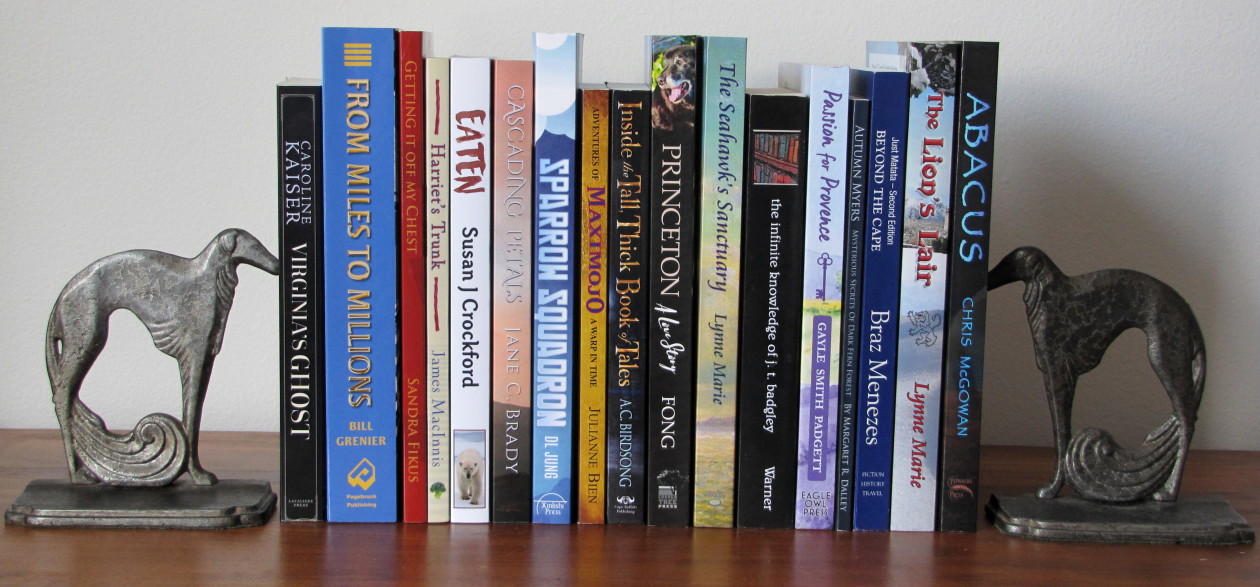Writing in first-person POV is something many fiction writers instinctively gravitate to. It seems easy and natural to adopt this POV in writing, probably because we’re so accustomed to telling stories about ourselves in conversation, and of course we always tell them in the first person. Certainly, I’ve always favoured this perspective in my own work, and I now find myself shuffling between two alternating first-person narrators in my book, Virginia’s Ghost.
The chief advantage of first-person POV is the wonderful sense of intimacy it creates, the sense of being right inside the narrator’s head, privy to all of his or her thoughts, perceptions, and emotions. You can create an intense bond between narrator and audience when you’re writing from the first-person POV, and that intimacy is one of the chief reasons for selecting it. Of all the different POVs, it is probably the one that most easily allows readers to become emotionally invested in your story.
Remember, though, that your narrator should be someone whose head readers would actually want to be inside for the duration of an entire short story or novel. If your narrator is weird, obnoxious, or arrogant, you can be sure that few readers will be interested in your book. Draw up a detailed profile of your first-person narrator to ensure that you’ve created someone worth spending all that time with. Think about what qualities will make your narrator worth listening to. Does she have a particular attitude that makes her fascinating? Immerse yourself in the character and remember that when you’re writing in the first person, you’re writing using your character’s voice, not your own. You’re filtering your entire story through your narrator’s perceptions, so this character’s take on things had better be interesting.
Remember too that using first-person POV limits you to writing about only what the narrator knows and has experienced, so in this way, it can limit where your plot goes. Though I suppose you could have another character telling your narrator what just happened in the other room, this is far from ideal. You cheat readers by offering a second-hand account when they really wanted to be right there, front and centre, seeing the action through your narrator’s eyes. It almost goes without saying that your first-person narrator needs to be someone who is constantly at the heart of the action–in most cases, your protagonist.
Another important thing to be conscious of when using first-person POV is that your narrator is in the position of knowing the whole story right from the start. What this gives you as a writer is the flexibility to discuss, with the benefit of hindsight, what the narrator wouldn’t have perceived earlier in the narrative but now understands. To what extent you want to exploit this is up to you. My view is that when you write from a position of hindsight, you sometimes reveal too much about what’s to come and you also distance readers from events. By contrast, writing in real time, as events are actually unfolding, creates a sense of immediacy that plunges readers into your narrative.
Although writing in first-person POV doesn’t appear all that difficult, many writers nonetheless make errors when writing from this perspective. By this I mean that they make “illegal” shifts into another character’s POV. If your narrator suddenly starts telling us what another character is thinking, that’s a POV error, as there’s no way he could possibly know. As well, if the narrator starts describing a scene he hasn’t witnessed, that’s also an error. Writers also frequently make the mistake of describing the first-person narrator’s appearance as if they were looking down on him from above, which is yet another breach of the POV rules.
It may take some practice, but If you can create a compelling first-person narrator and stay consistently inside that character’s head, then you are well on your way to mastering first-person POV.

 Follow
Follow